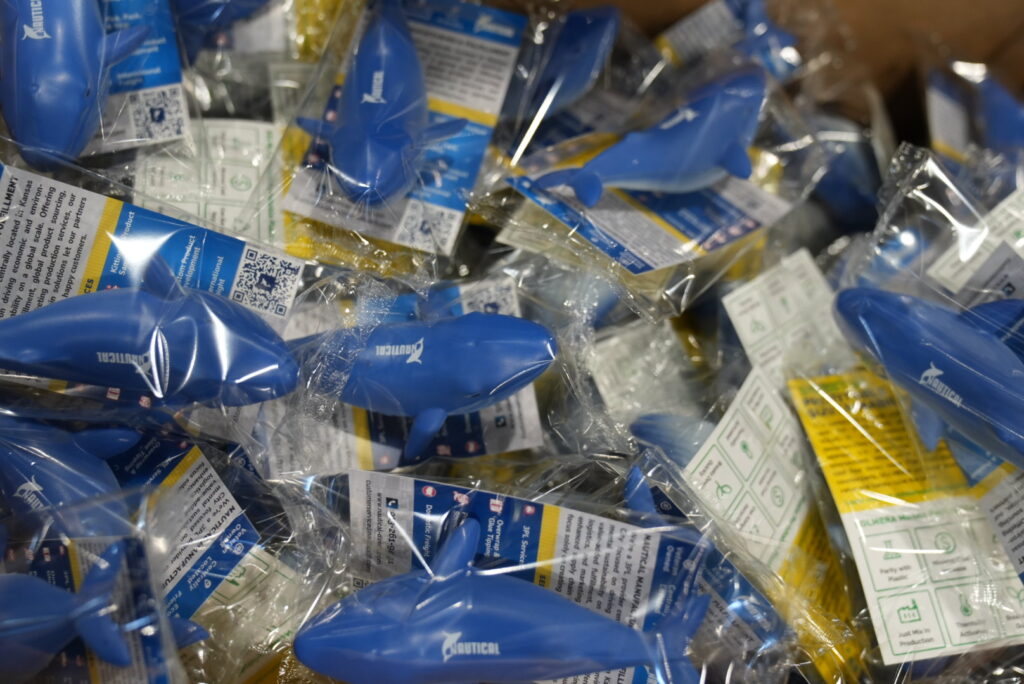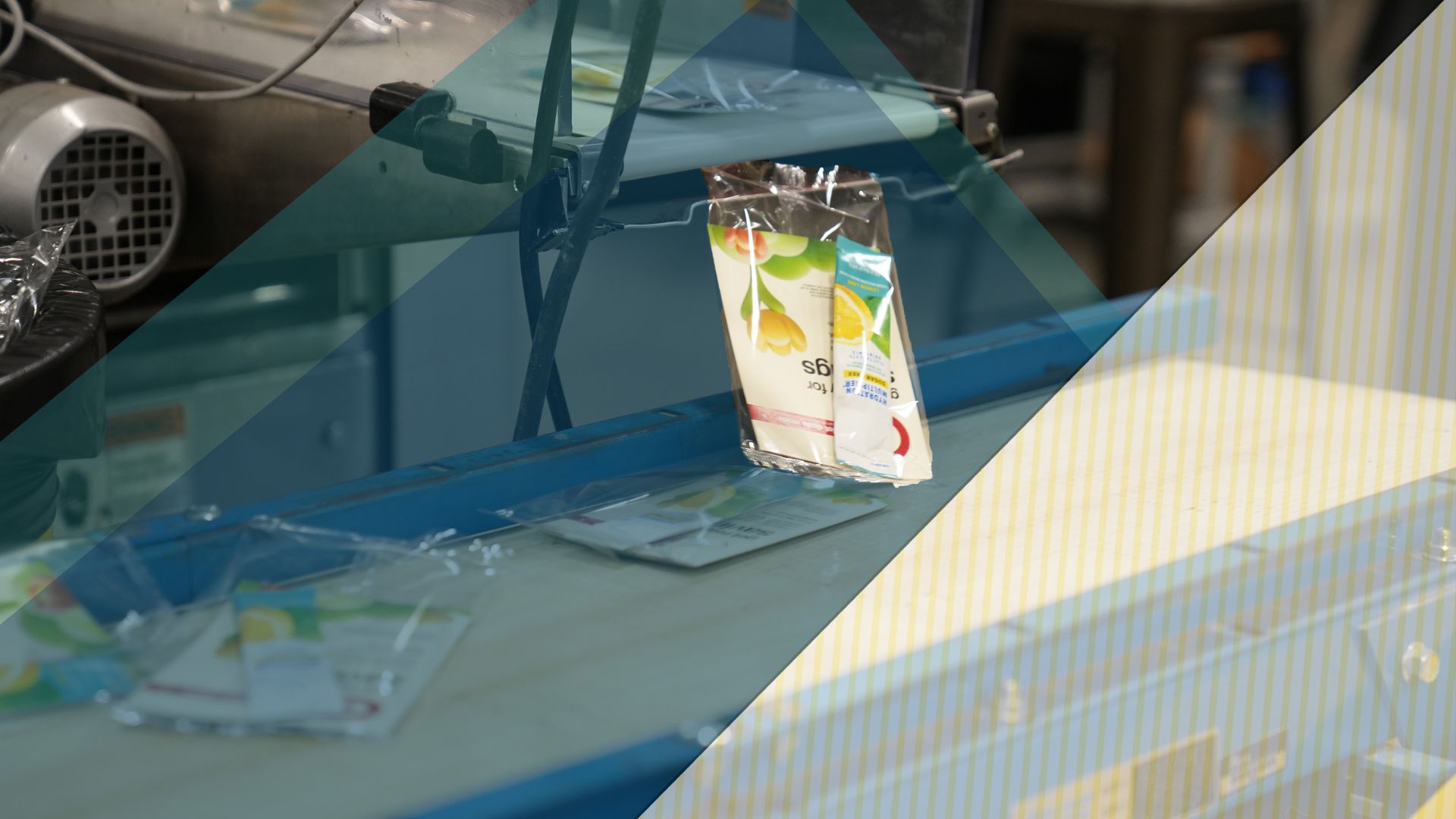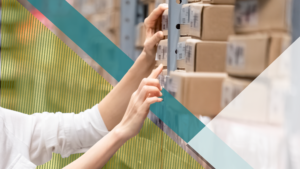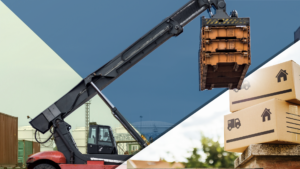Product sampling is a marketing strategy in which free samples of a product are distributed to consumers, allowing them to try and experience the product before making a purchase decision. This tactic aims to increase consumer awareness, generate interest, and encourage trial of the product (and therein activation of the brand).
Many aspects of the product sampling process (such as manufacturing, packaging, warehousing & distribution, etc.) can be outsourced to third-party service providers to streamline operations, increase efficiency, and optimize resource allocation. Before a consumer encounters a product sample, a series of processes have transpired to help deliver a perfect brand experience. Many businesses team up with marketing agencies and/or third-party logistics (3PL) providers to craft a brand trial campaign and cover all aspects of storage and delivery of the product samples. Let’s take a look at the vital role marketing agencies and 3PLs play in this process.
How Is Product Sampling Used Today?
Although product sampling can take various forms, including distributing samples at retail locations, events, through direct mail, or via online platforms, the goal is the same: to provide consumers with a firsthand experience of the product’s features, quality, and benefits, ultimately driving sales and building brand loyalty.
Product sampling has a long history that dates back to ancient times, but its modern form began to take shape in the late 19th and early 20th centuries. In the late 19th and early 20th centuries, pioneering companies such as Coca-Cola and P&G began to incorporate product sampling into their marketing strategies. Coca-Cola famously distributed free drink coupons as part of its early promotional efforts, while P&G sent out soap samples to households across the United States.
Despite having its roots in antiquity, product sampling remains an effective marketing strategy today, and it continues to be used by companies across various industries to promote their products. Recent world-disrupting pandemics aside, spending on product sampling continues to increase.
“People are engaging with product samples just as much as pre-COVID. But brands are still catching up to the same volume as they were sampling in the previous years” says Bekki Gredinger, SVP of Brand Partnerships at ARRIVED, a leading product sampling company. It’s only a matter of time. The data on sampling efficacy is clear: 73% of consumers indicate that a product sample prompts them to try an unfamiliar product. Product demos remain one of the most prominent marketing tactics that leverage buyer psychology to influence sales.
What Products Perform Well For Product Samples?
Certain product categories perform better than others, but overall product samples convert very well for most CPG businesses. Unsurprisingly, food and beverage products tend to take the top spot on the list. Less obvious is the burgeoning demand for beauty brand samples. “Many people won’t buy a full beauty product unless they can experience it first, due to the price of these products,” says Gredinger.
A product type that often isn’t a good fit for product samples? Medicine products. And for the reasons you’d expect. Gredinger again, “These products are challenging because venues don’t want to be liable for handing them out.” This doesn’t extend to the general health & wellness category, though. Health-conscious consumers are often interested in trying out samples of vitamins, supplements, protein bars, energy drinks, and other wellness products. Sampling allows them to assess the taste, efficacy, and suitability of these products before committing to a purchase.
Other top contenders for product sampling are household and cleaning products and pet products. Any products that offer a sensory experience, address specific consumer needs or preferences, or have a high perceived value are well-suited for product sampling campaigns.
How Do Marketing Agencies and 3PLs Work Together to Create the Perfect Product Sampling Campaign?
Marketing agencies work with clients to develop a comprehensive strategy for the product sampling campaign. This includes identifying target audiences, defining campaign objectives, selecting sampling locations or channels, and determining key performance indicators (KPIs) to measure success.
The magic moment comes when the product connects with the ideal customer at the ideal time. For ARRIVED this means deeply understanding their clients’ needs and finding the perfect placement to reach and activate their target user. “We reach consumers in the moment. So you get a highly targeted sampling promotion, uniquely tailored to your product. We hone in and penetrate that slice of the market” Each approach is customized to a client and brand, allowing them to reach their intended audience.
Once the strategy is finalized, 3PL providers play a crucial role in planning the logistics of the sampling campaign. Marketing agencies collaborate with 3PLs to align logistics plans with campaign timelines, budget constraints, and quality standards. The 3PL then handles the production, fulfillment, and distribution of product samples that will be sent to various sampling locations, whether they are retail stores, event venues, or direct-to-consumer channels.
“Red Bull came to us and said, ‘We want to reach fitness enthusiasts at all the different types of gyms. What can you do?’ So we gave them a plan of distributing their energy drinks at all the gyms that fit their target. We then enrolled the wellness centers in the program. You guys (Nautical) printed an awesome hang tag that was attached to each of the cans and you sent the samples to all of the venues.”
Bekki Gredinger
But their involvement doesn’t end there. “We will then ask for feedback throughout the activation from the venues, this is when we get photos and opinions on the product.” This feedback is then used to create the final report for the client “We have a full evaluation report that we review with the client after the activation. We will report all the good and the bad to the brand at the end of the program”. This is crucial for businesses of all sizes to understand how the activation went, and what they can do to improve for the next one or any key learnings that came from the consumers.
The Value of 3PLs For Product Sampling
3PLs serve as a pivotal piece for many product sampling companies when looking for smooth operations. It’s difficult for a product sampling business to both sell the service and execute on the production side. Nautical has worked closely with ARRIVED to become their go-to partner for the production and fulfillment of these product samples for all their partners nationwide. “My team could sell the deal and get you all the info you need, but you have to make it go… we have trust that as soon as we hand everything over to you it gets done, and it does because we are truly partners.”
3PLs provide a multitude of benefits to all businesses that have production and fulfillment needs. Some of these include:
- Reduced Costs to Produce Samples: 3PLs leverage their existing infrastructure, resources, and expertise to provide cost-effective solutions for sample production and fulfillment. By outsourcing these tasks to a 3PL, companies can avoid investing in their own facilities, equipment, and personnel, thereby reducing overhead costs.
- Scalable Solutions for Different Project Sizes: Product sampling companies often experience fluctuations in the amount of projects they have, as well as the size of project. 3PLs offer scalability, allowing companies to quickly ramp up or scale down production and fulfillment operations as needed without significant investment or disruption.
- Provide Expertise in Fulfillment and Production Services: 3PLs specialize in logistics and supply chain management, bringing valuable expertise and efficiency to sample production and fulfillment processes. They can optimize workflows, streamline operations, and implement best practices to ensure timely and cost-effective production and delivery of samples.
- Allows Businesses To Focus On Their Competencies: By outsourcing the production and fulfillment of the product samples to a 3PL, it allows the company to focus on their core competencies, such as sales, marketing, and customer relationship management. By passing the logistical tasks to a trusted partner, companies can allocate resources more efficiently and concentrate on driving business growth.
How To Find The Right 3PL For Your Sampling Production Needs
Not all 3PLs will be the right fit for your project needs. You will want to look for a 3PL provider that has expertise with marketing services like sampling, glue tipping, contract packaging, and more. Here are some questions to consider when choosing a 3PL:
- Can they grow with you? You want to make sure that they have the resourcing to scale up and down with your specific sampling needs. Check with them to ensure they can meet your production requirements and deadlines. They may need to have additional equipment or space to handle large volumes.
- Do they offer the right marketing services? It’s important to make sure your partner has the right equipment and expertise to create your sample products. Make sure to review their capabilities to ensure they fit your current and future needs.
- Have they worked with similar clients? See if they’ve worked with companies like yours in the past. Ask for case studies from past clients to make sure the results of those projects are similar to what you are looking for.
How Nautical Helps Businesses Create Perfect Product Samples
Nautical has worked with ARRIVED and other product sampling companies to provide expert production and fulfillment of millions of different product samples. We are quick and efficient when it comes to creating samples. Whether you need kitted sample bags, eco-friendly packaged samples, or a completely plastic-free solution with glue-tipped samples, Nautical has you covered. And by being located in the Midwest, we can deliver your samples nationwide in just a few days.
